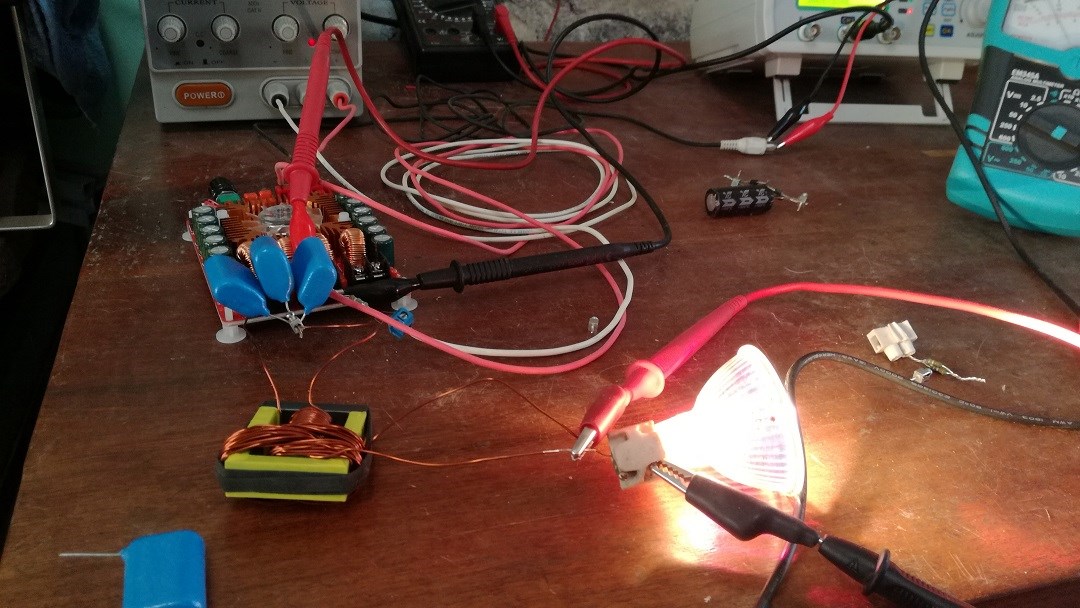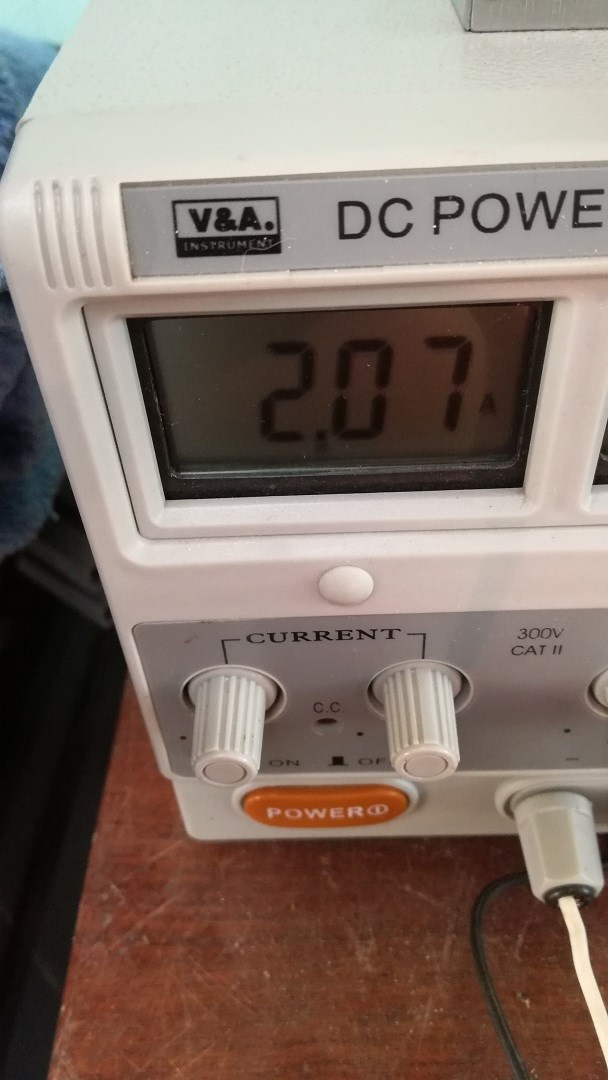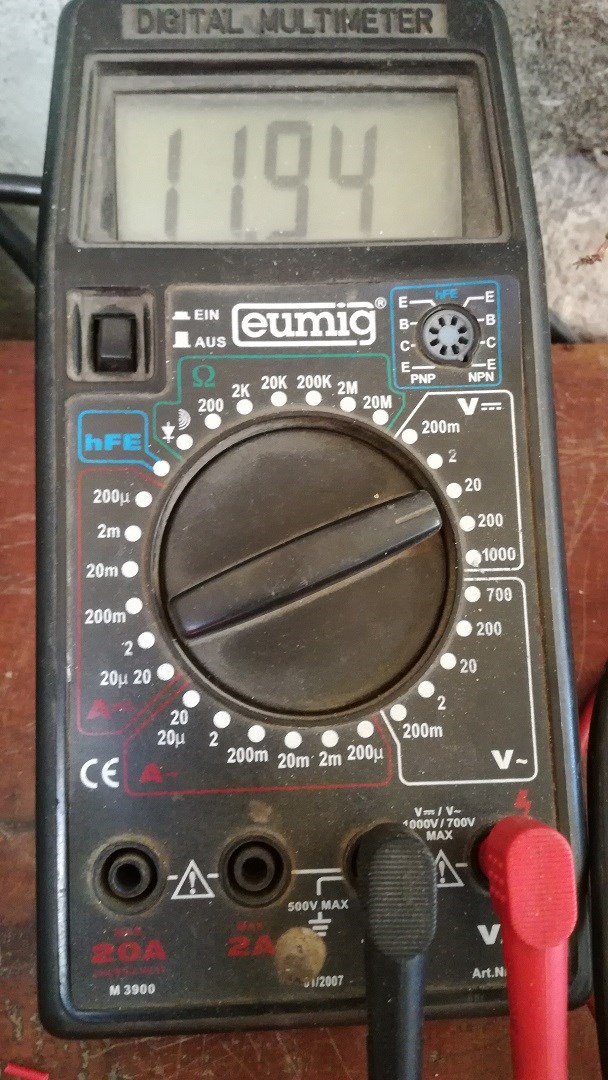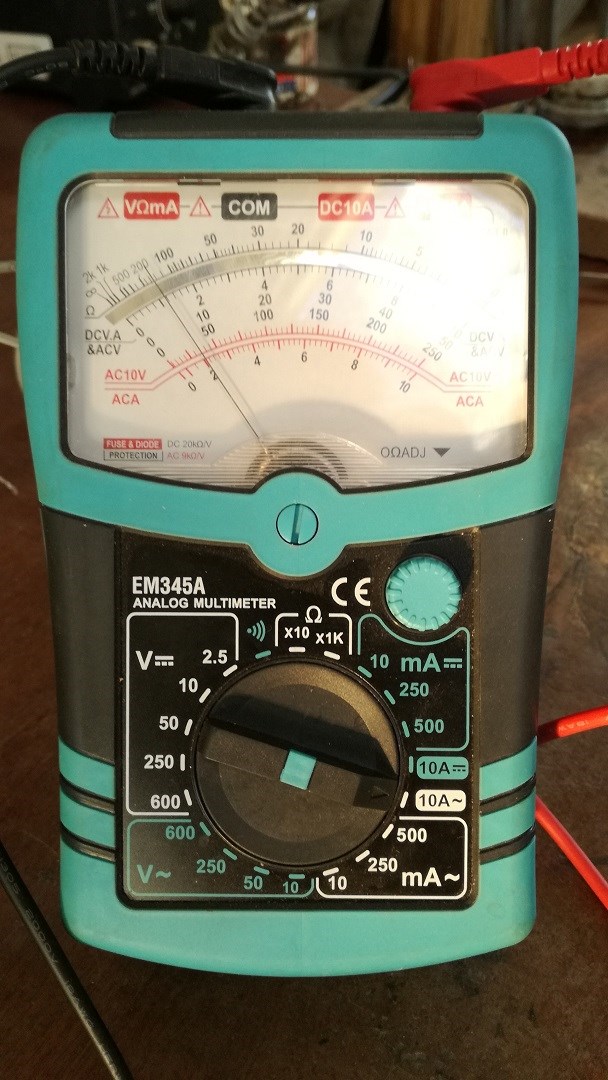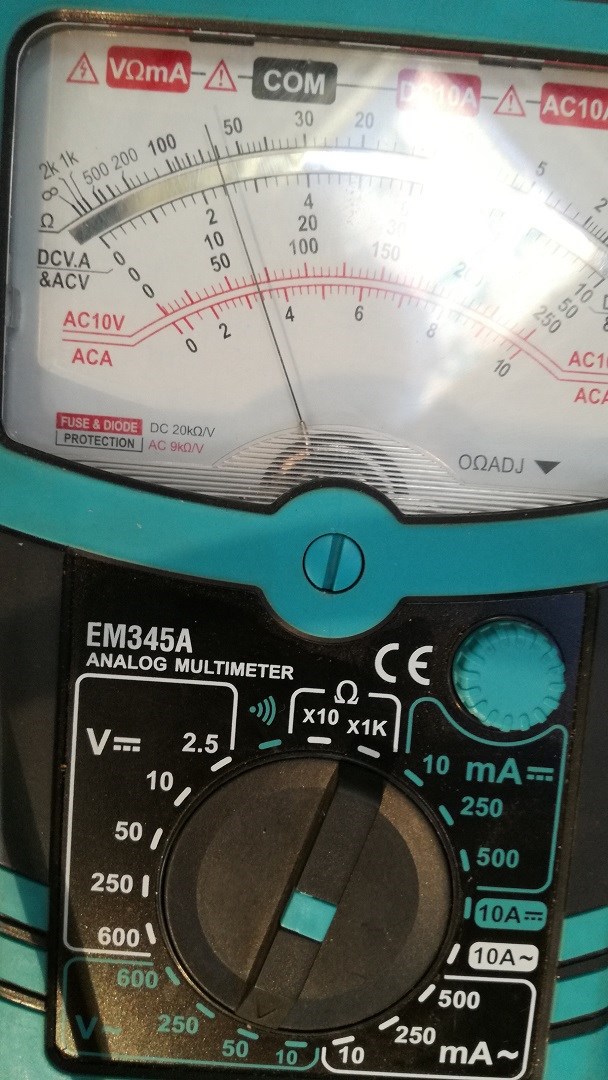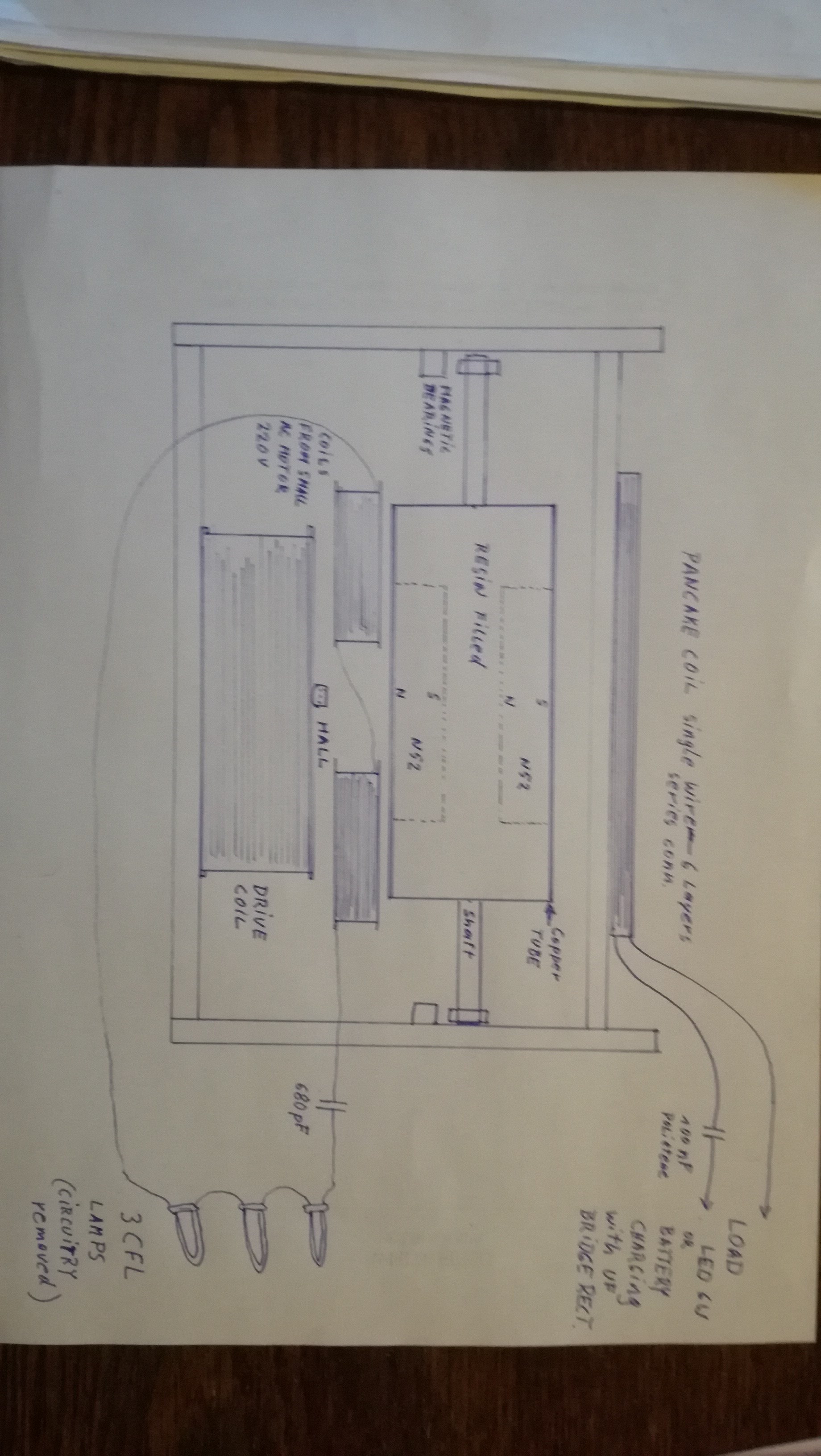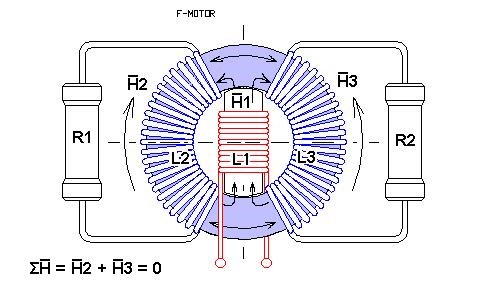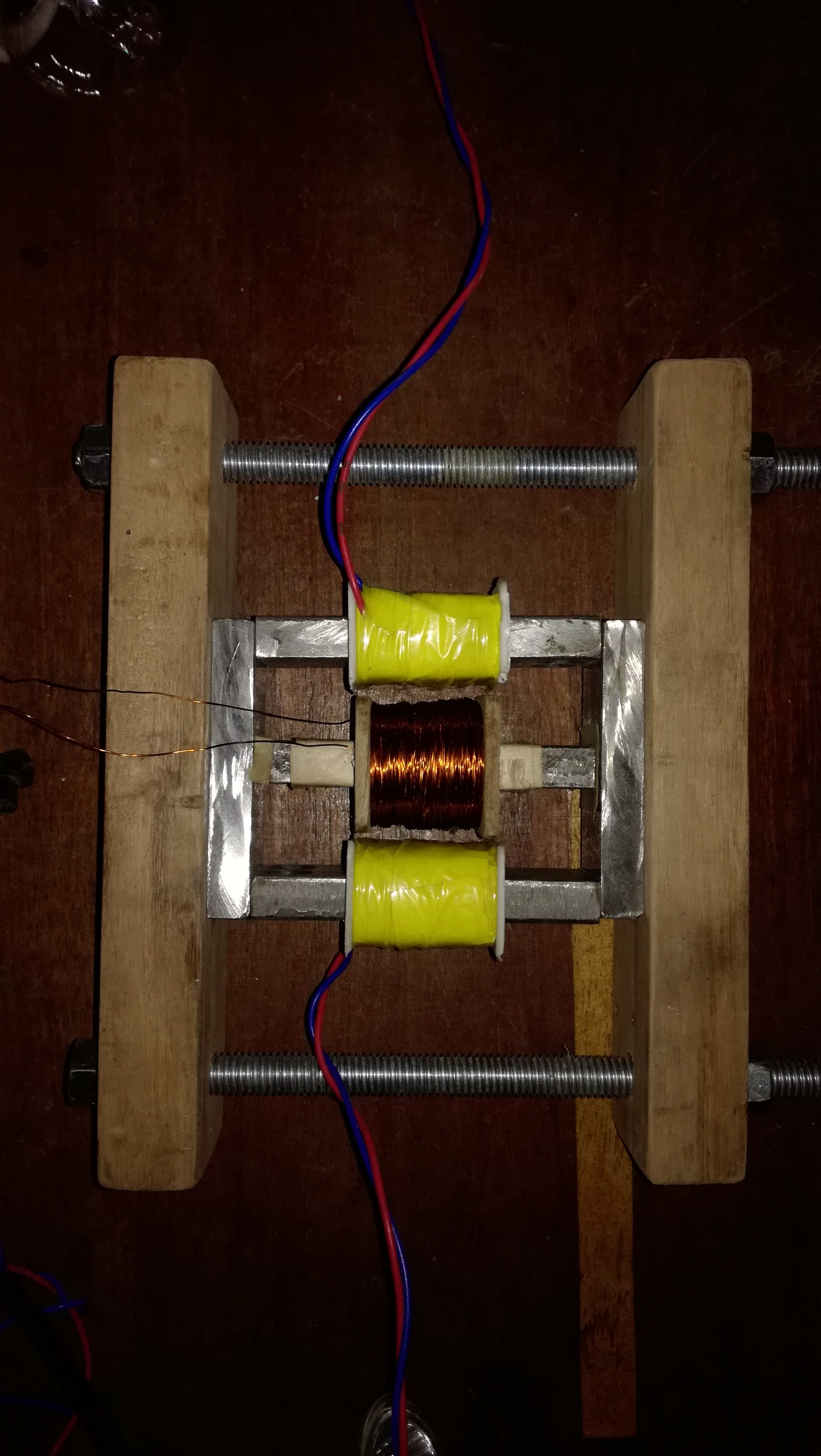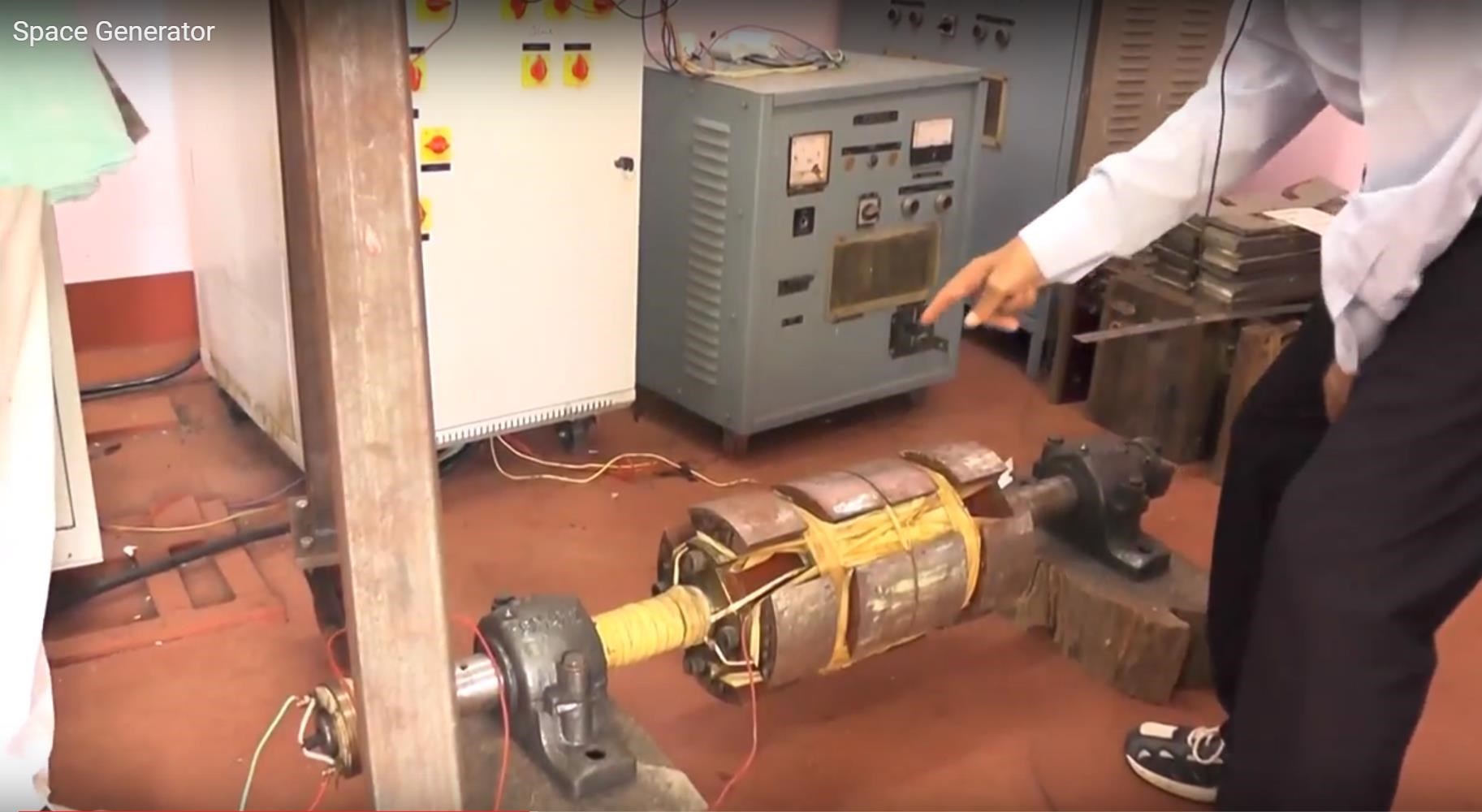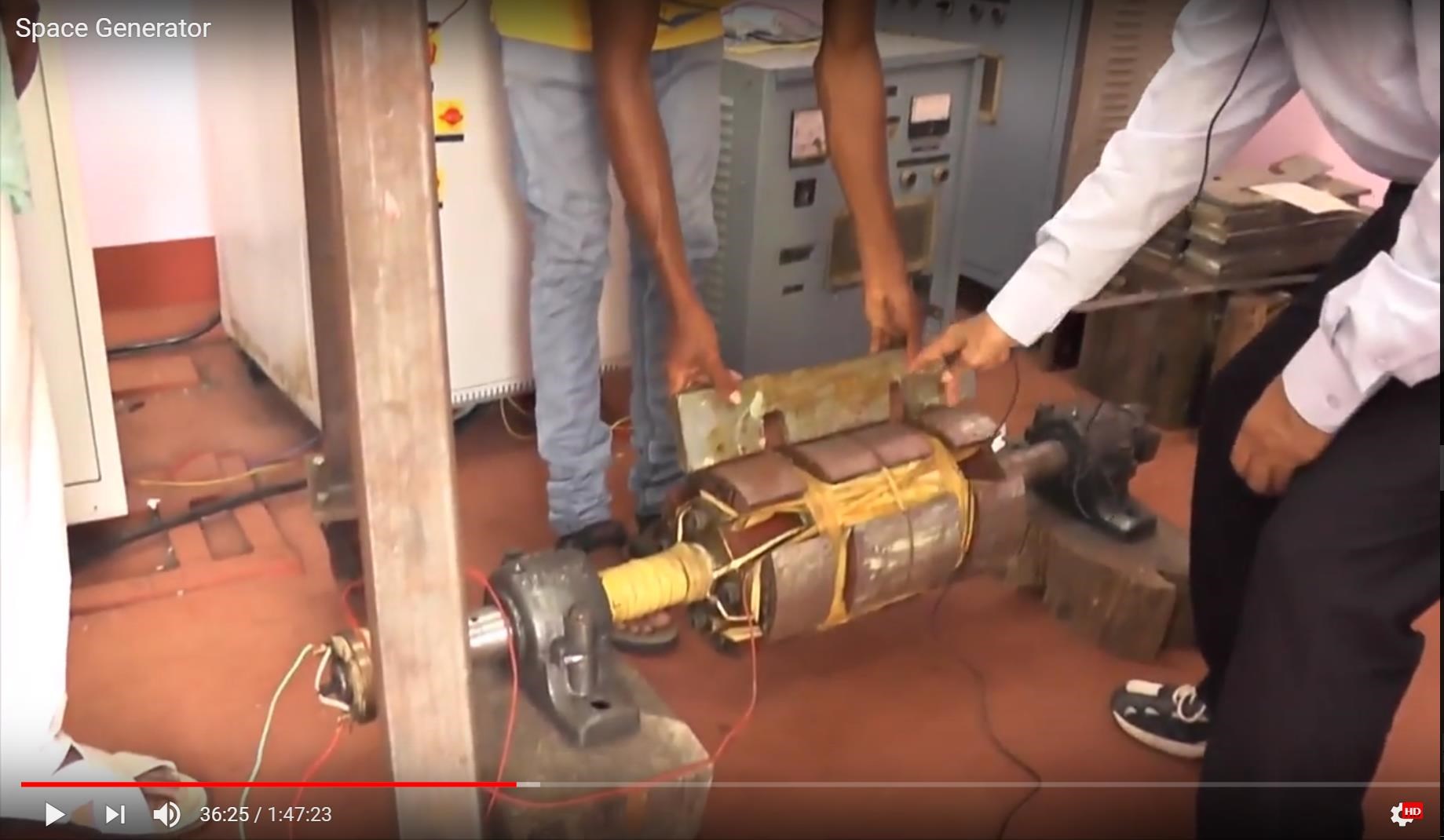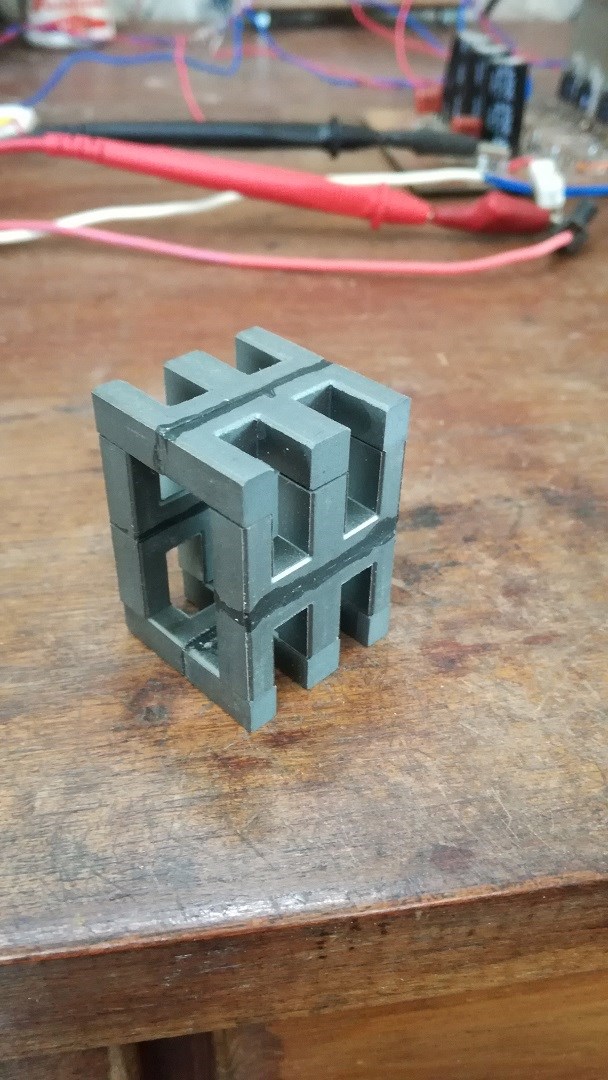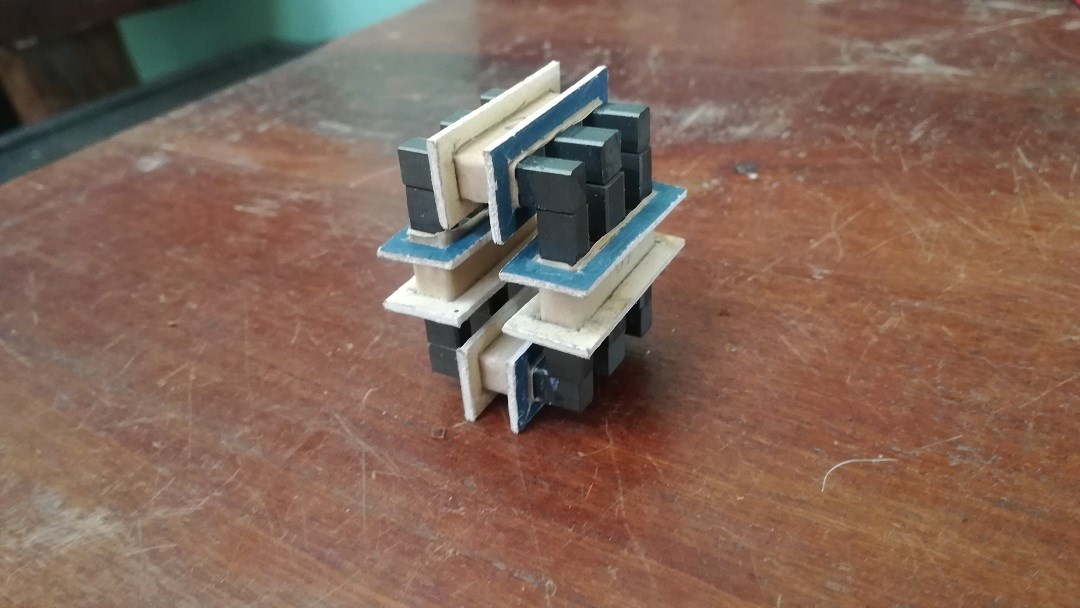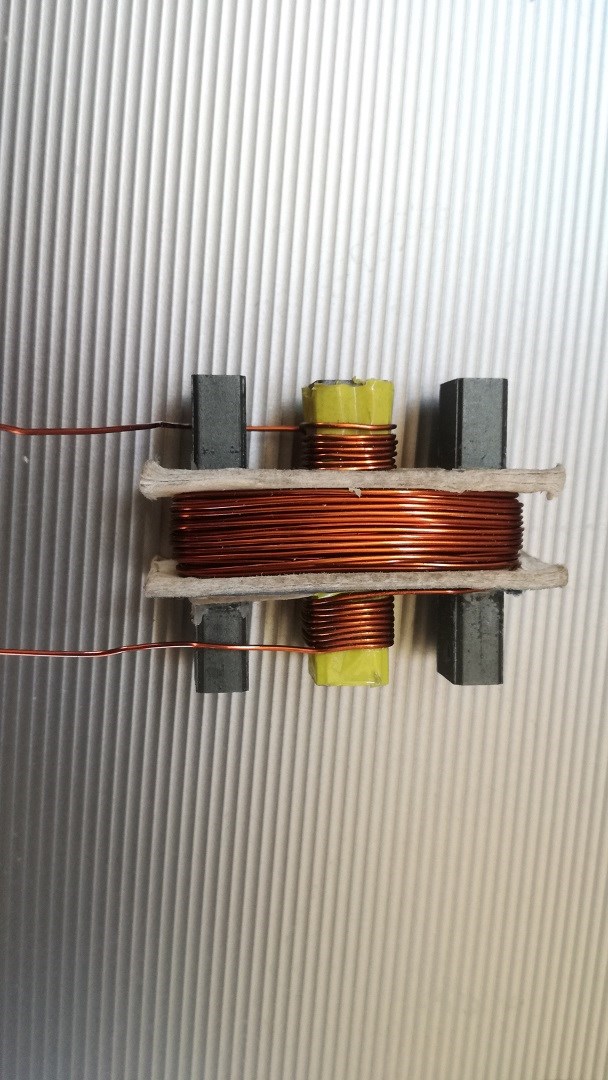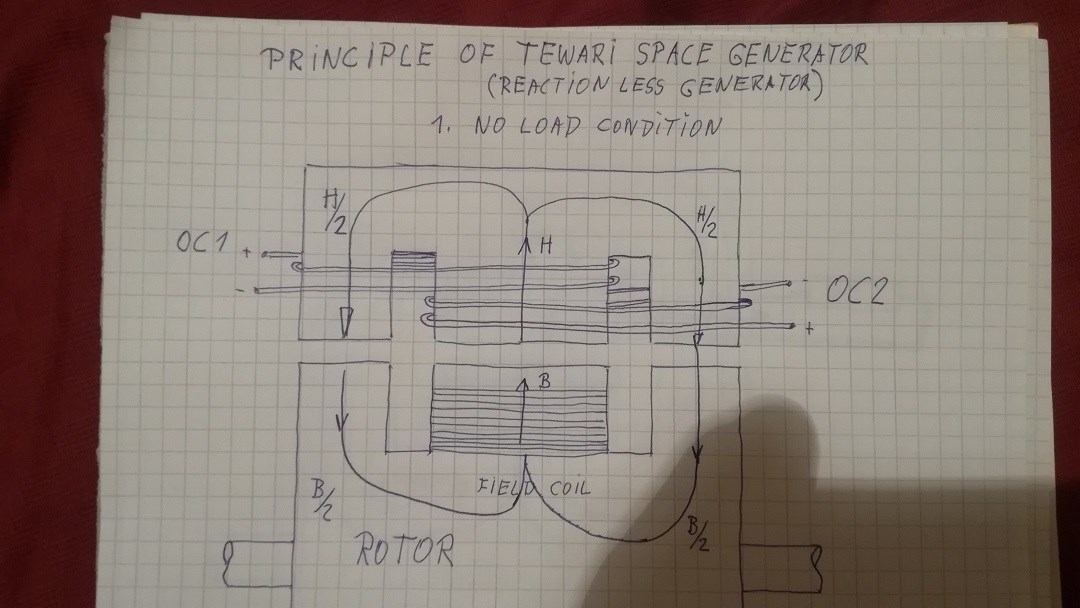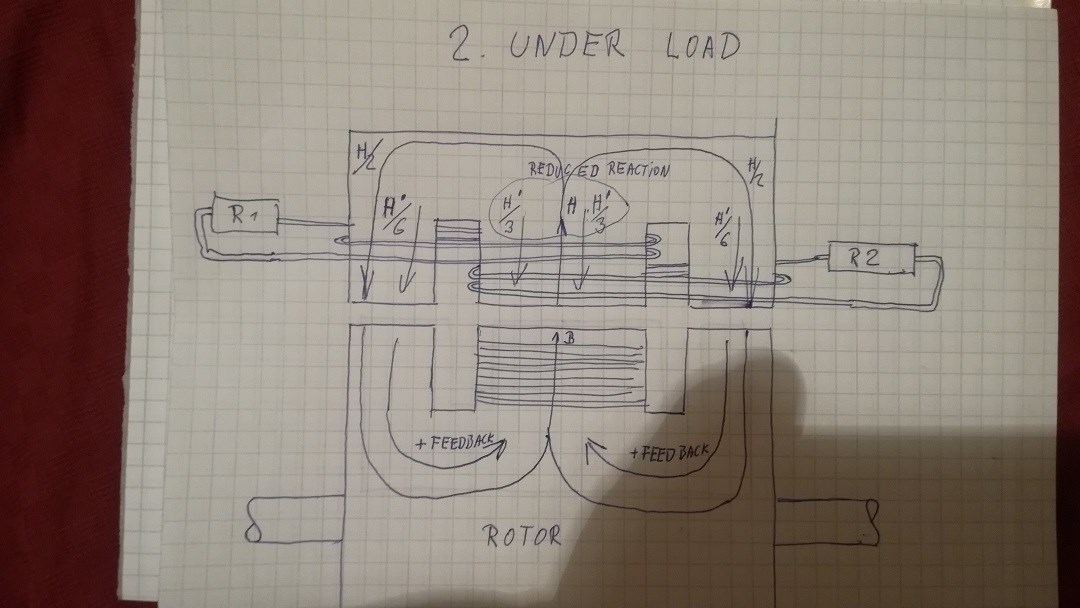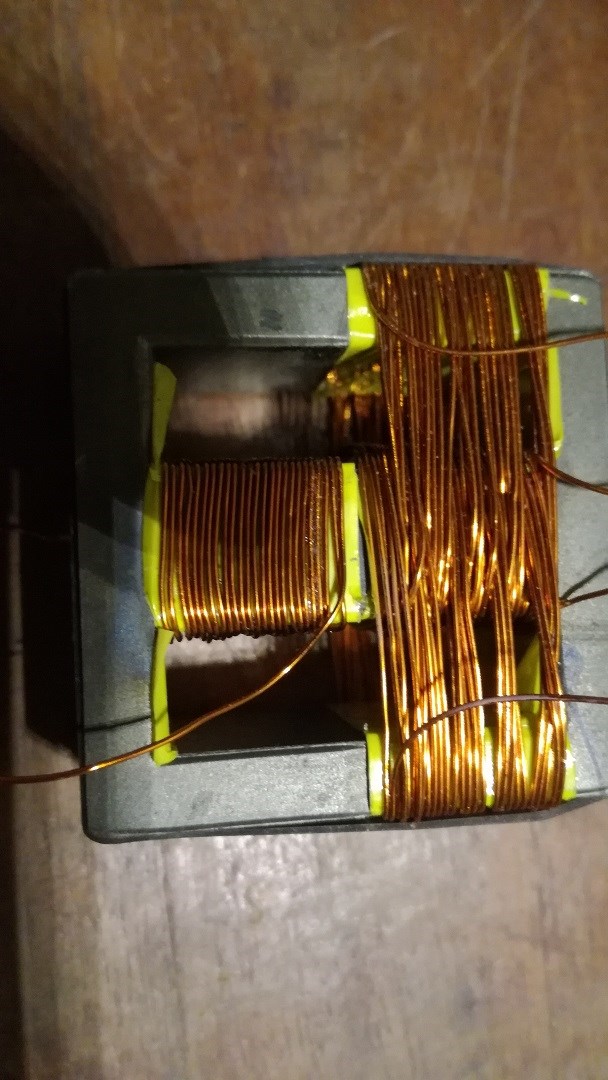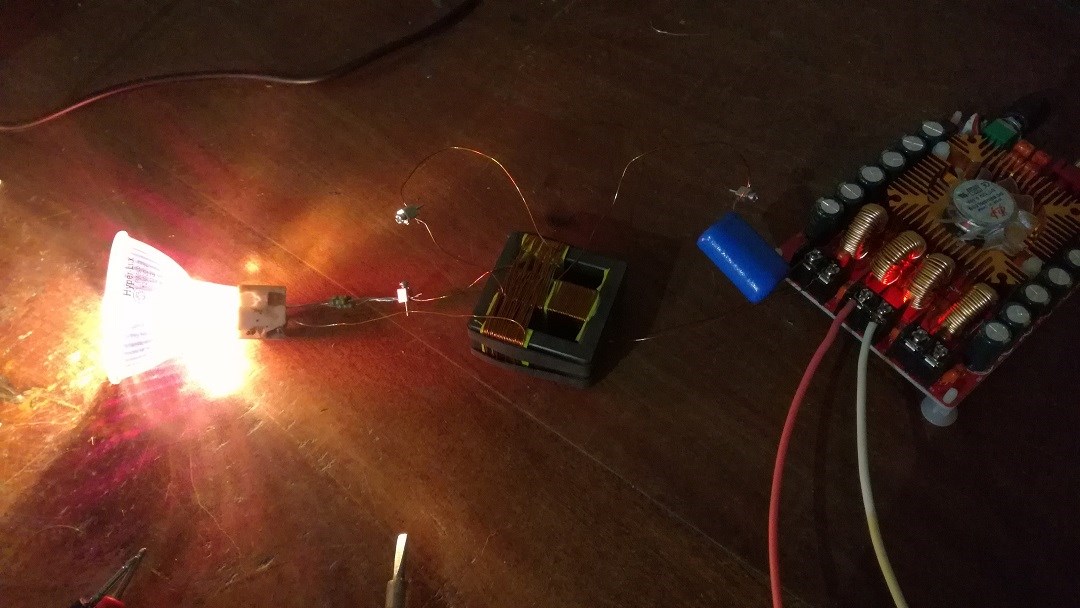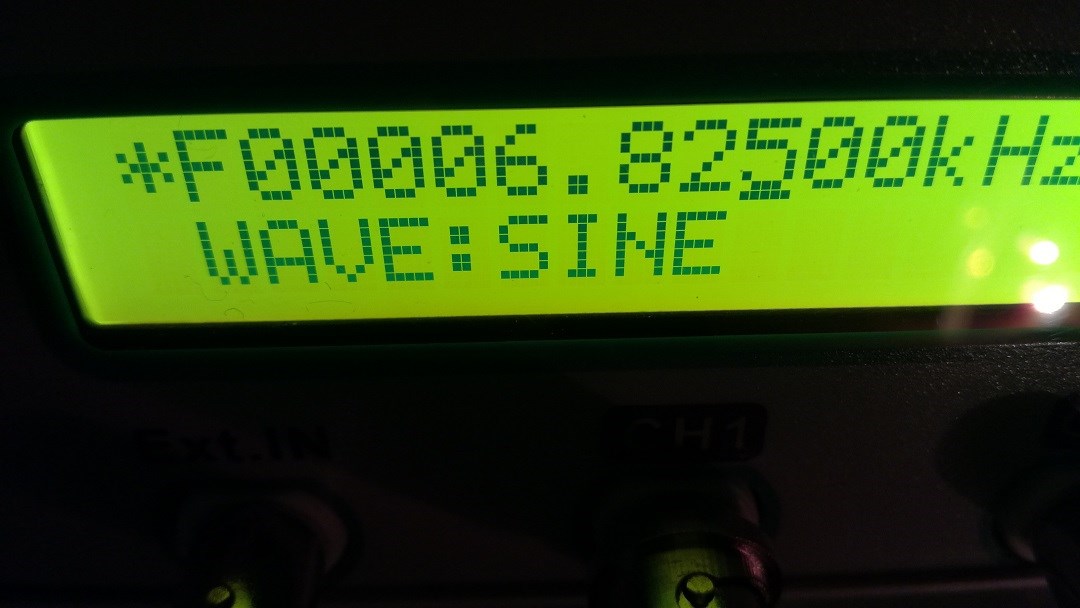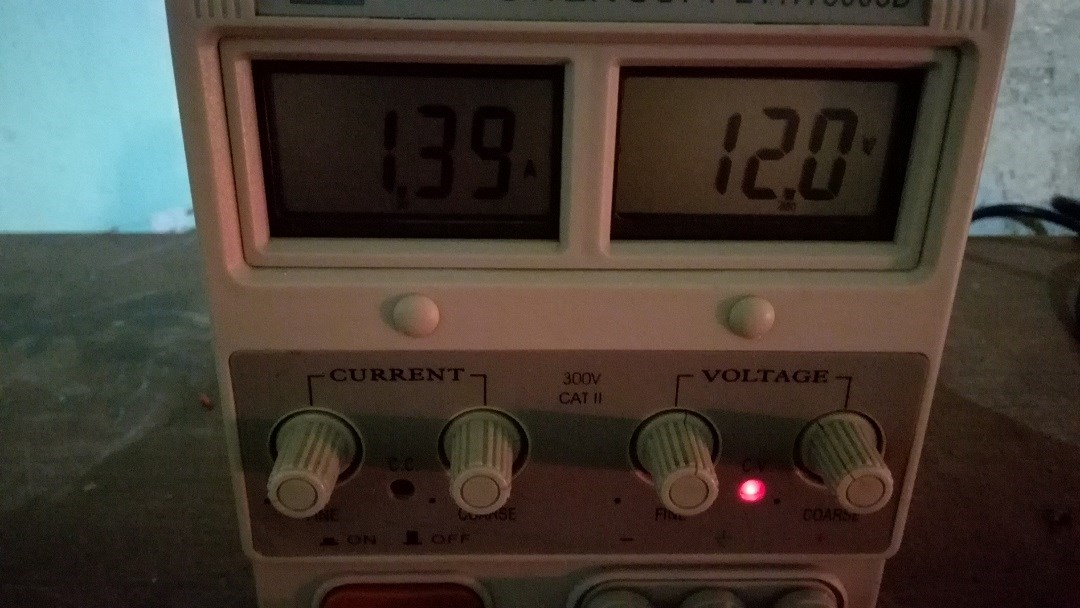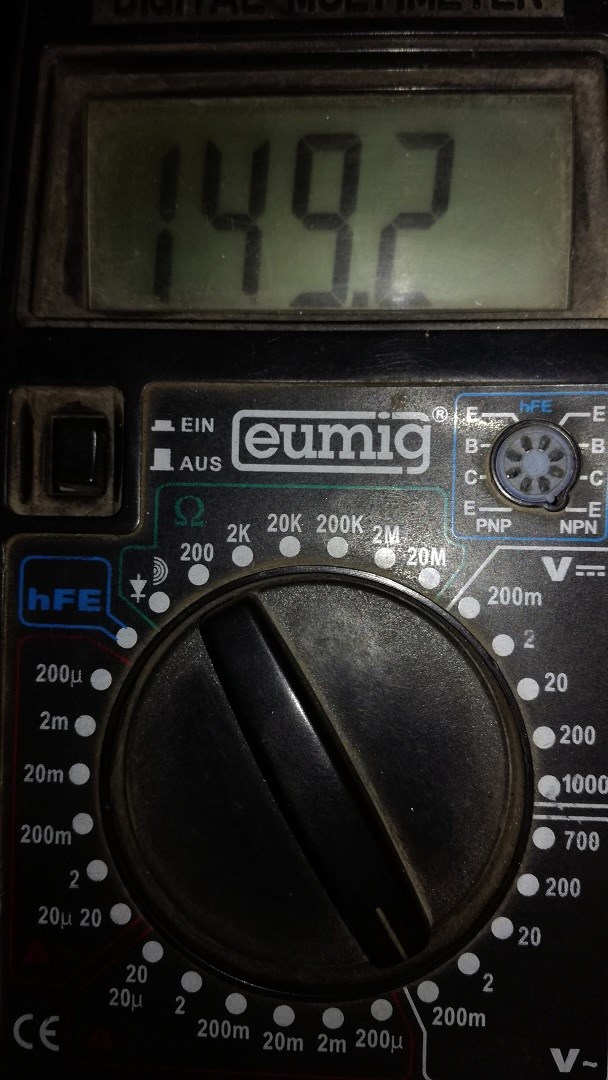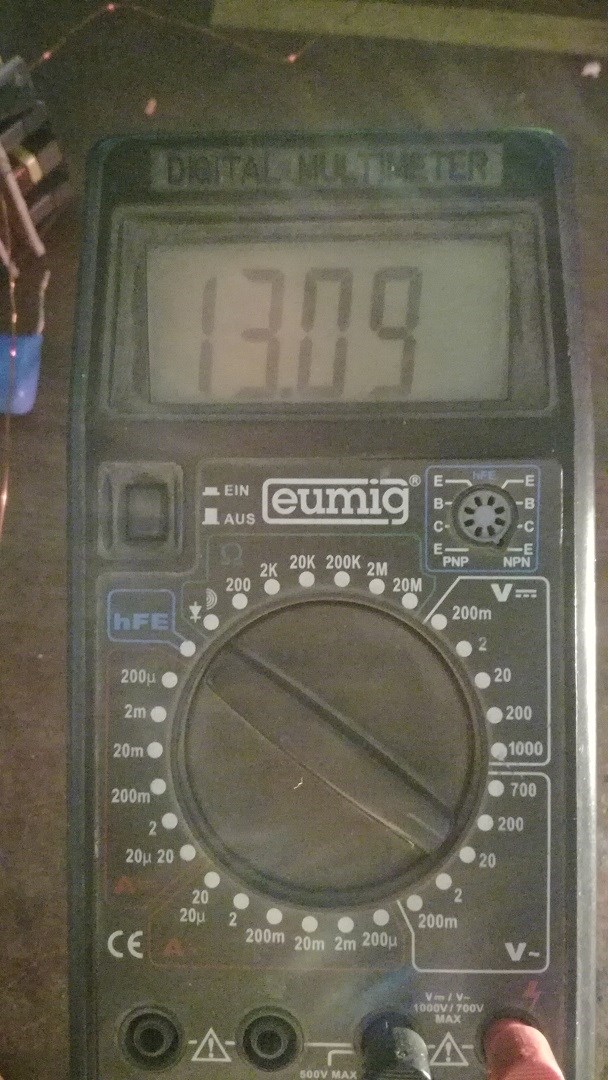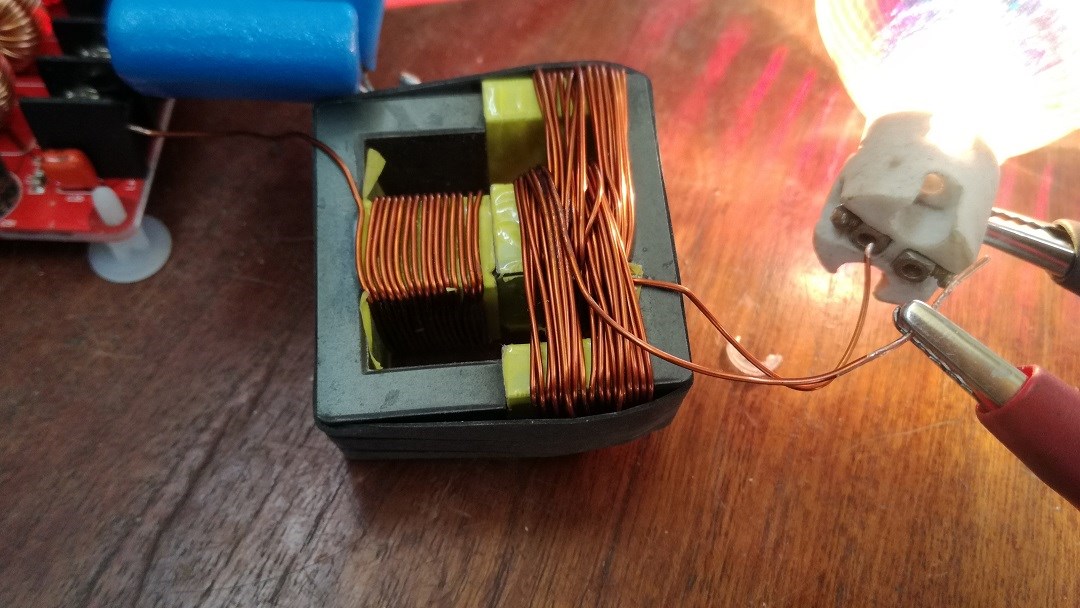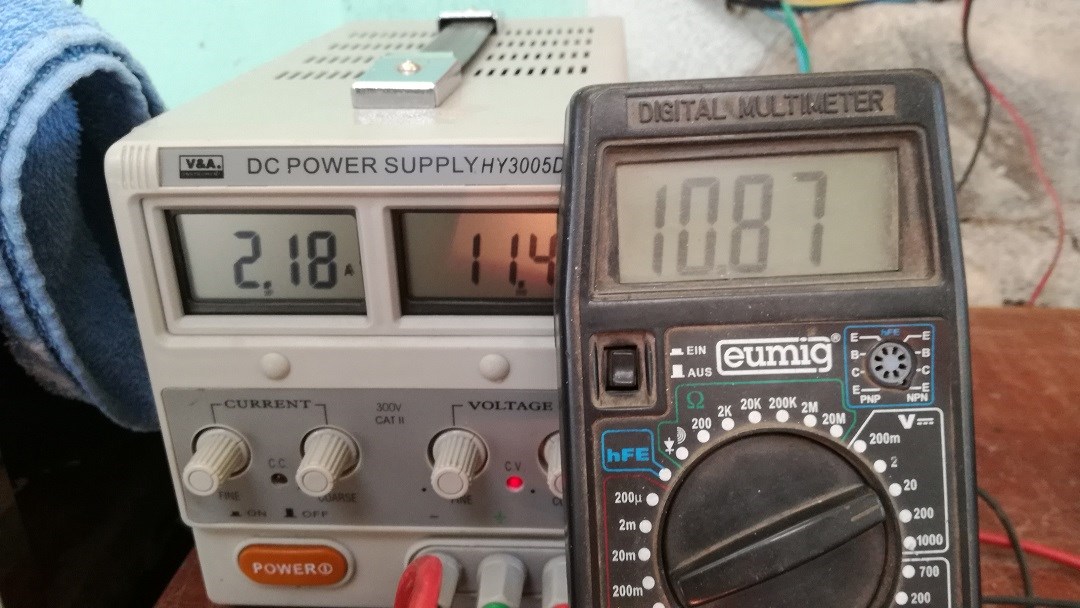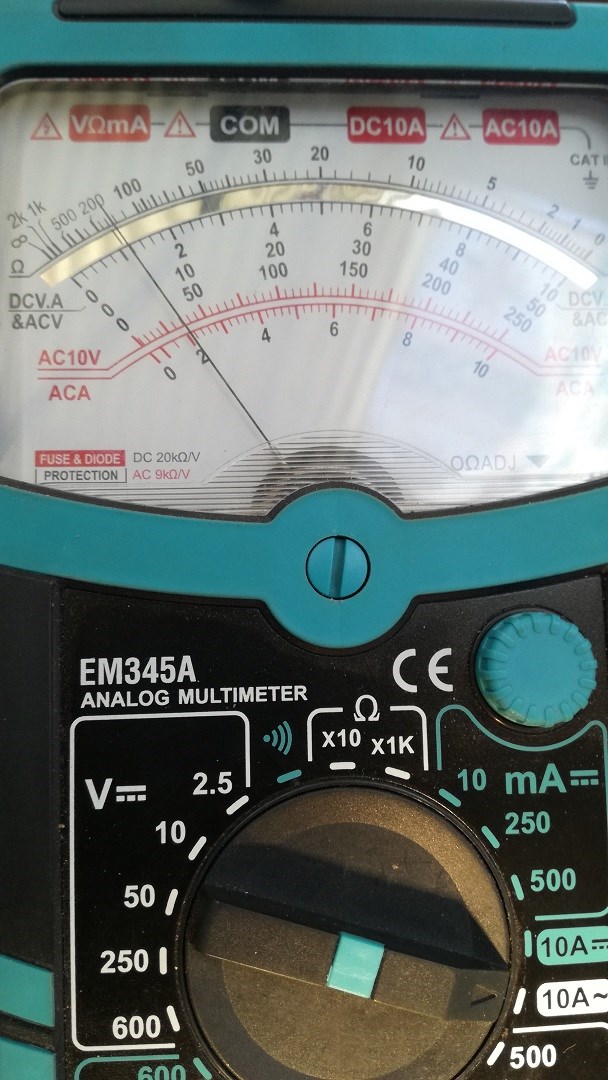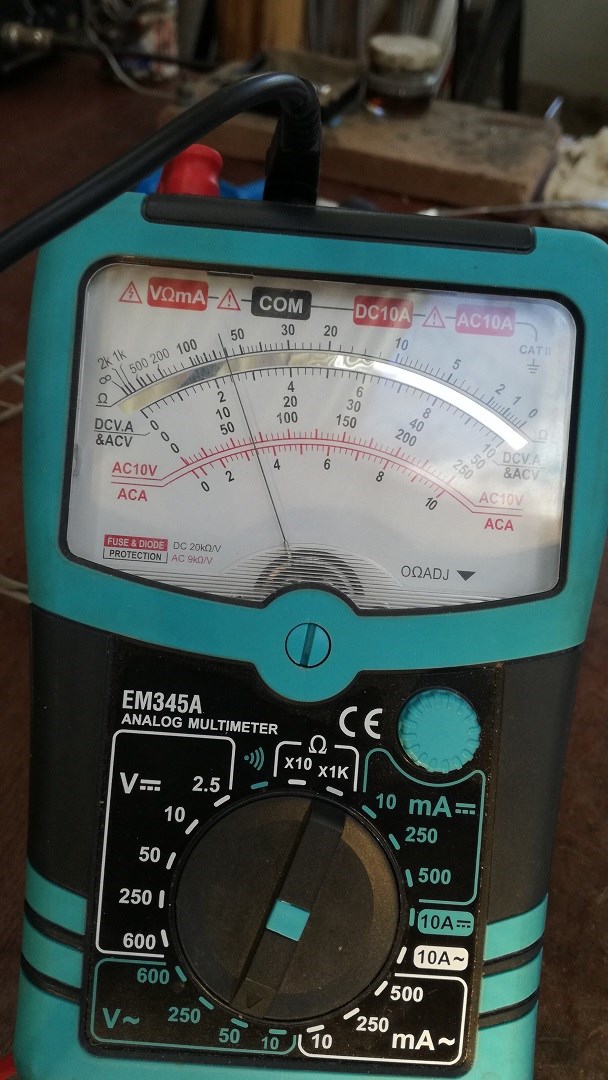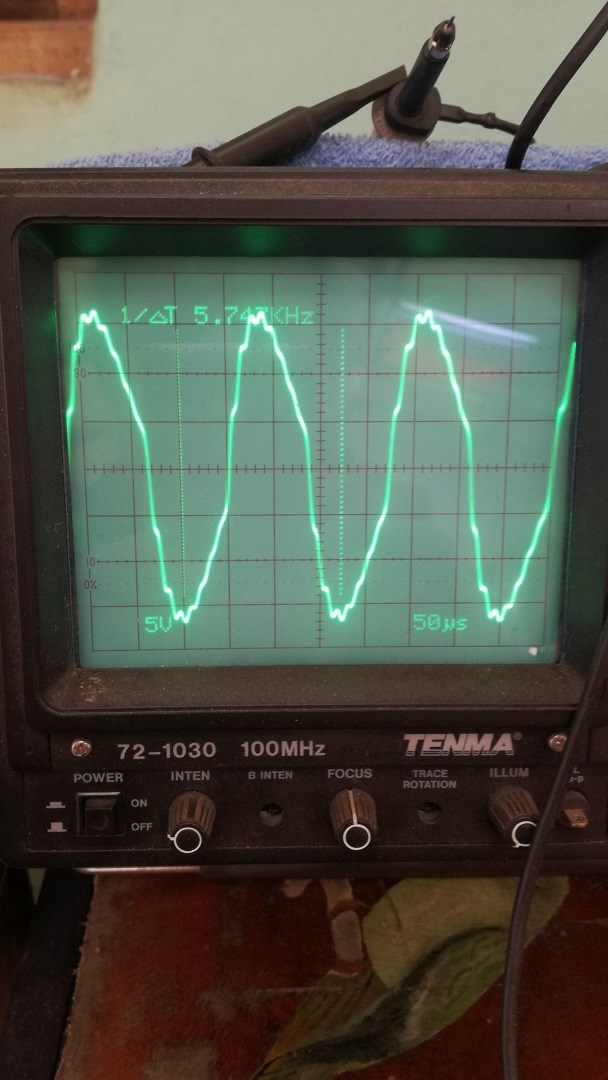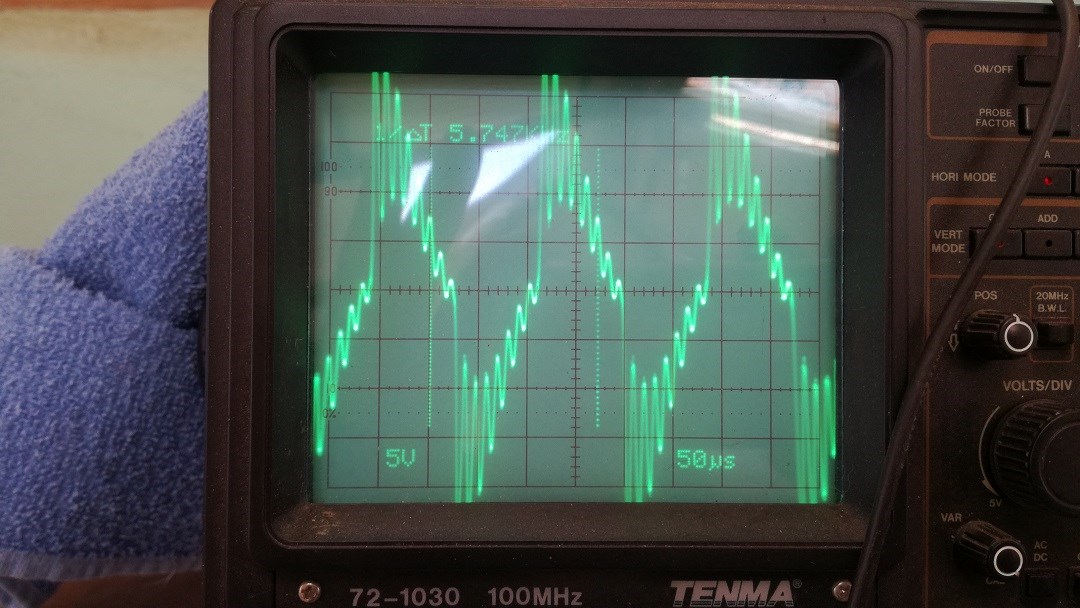Hello everybody,
i want to post some information about successful experiments on Lenz Force free power generation, there were several videos
of the experiments , which unfortunatly have been removed last week. The experiments from a mexican man shown clearly that he was able to connect loads on his hi speed pulsmotor generator without any drag on the rotor. As i have been in contact by email with him i can give detailed information about his setup and the used components , also i made som translatioons from Spanish bevore the videos has been removed. Here i will attach the resume of the experiments , and some assumptions about the effect. I will make some drawings also and the schematics used in the experiments. Maybe somone on the Forum have an apropiated setup to replicate the effect, I have the intention to do so ,but it will take some time as my resources are limited.
note that the videos are not longer avaliable.
Cancelling the Lenz Law
This is a resume of a very interesting investigation from Skycollection from Mexico. He does not own sophisticated measurement equipment but although
he found by experimenting that he could cancel the Lenz Law by two, maybe three different means. He has posted various videos from his experiments in You Tube, and as they are in Spanish languish, I will translate some relevant
technical details from comments of the videos and also direct communication by email with him.
He is using a high speed pulsmotor with magnetic bearings and two N52 neodymium magnets inside the rotor, one N and one S pole. The motor runs on a 12 volts power supply with a hall sensor circuitry.
In another experiment he used stacked single wire pancake coils with an auto oscillating driving circuit in resonant condition. With this solid-state setup, he is able to lite many 12v 3,5W LEDs with a very small input power. There are six pancake coils series connected in each unit and various of these stacked up, up to 72 coils.
In one method he uses this flat pancake coil, and as you can see in the video when he put it at a 90° angle position to the magnet pole there is virtually no Lenz effect, when he turns around the coil to the conventional axial position the rotor slows down immediately.
Here is the link for the video:
In the next videos you can observe that he uses a coil pair from a small AC motor as pickup coil with a CFL lamp (internal circuitry removed) connected. In this video he has various coils running, but the relevant thing you will note the Lenz effect when the CFL lite up:
Then see how he has canceled the effect completely in the following two videos with the same coils in the same position, just adding a small capacitor in series which has been extracted from a fluorescent tube starter. In these experiments the speed of the rotor is increasing by connecting the load!
Here the links:
Here is the link for the solid state resonant setup:
This information is intended to be freely shared with all people investigating or building Space Energy devices. So please share this with anyone you know and could benefit from these investigations.
Om Sri Sai Ram
25.4.2018
Updates:
Here some more information about this topic:
In the last experiment( ) with a large 40W fluorescent tube it has been tested to connect two coils mounted below the rotor with two identical coils mounted on the top in parallel (not shown on the videos), it was not possible neither changing the connecting wires, the coils shorted and there was no output.
Only connecting all coils in series, the setup worked.
Then I took one of these capacitors out of a fluorescent tube starter and clamped it on the RCL meter. To my surprise it shows a very small capacitance of only 680pF. As Skycollection states that the 40W tube is approximately 80% of full brightness the conclusion would be that there has to be a high frequency oscillation in the air coil, making a series resonant circuit with this capacitor.
As the basic frequency of the generator with two magnetic poles and say 18000 RPM would be around 300Hz it would not likely be possible to transfer this amount of current across such a small capacitor.
This are only some assumptions, as I could be completely wrong with this.
Skycolllection does not own an oscilloscope, so we don’t know much about the characteristics of the induced current.
For this reason, I suggested him to make a test if single wire transmission would work. As a scientific mind always try to find explications for unknown phenomena’s I was thinking about how this high frequencies could be produced, it occurred to me that it could be related to the magnetic lines of force, anyone ho has tried to make this lines visible with iron powder on a paper can confirm that there are actually lines, it in not something abstract or theoretical, and specially in the neodymium magnets they are very close to each other. If we now imagine this fine magnetic force lines interacting with the magnetic wire of the coil at high speed it would be quite understandable that there are set up high frequency oscillations in the latter.
This are only some assumptions and as I said it could be completely different.
Until we can get some more results of other tests we can’t be sure how this awesome effect is produced, but the experiments indicate that there was
a COP over unity. I hope that this information can help leading towards a new technology for clean and sustainable power generation.
May God bless all seekers of Truth.
Sincerely
VIDURA




